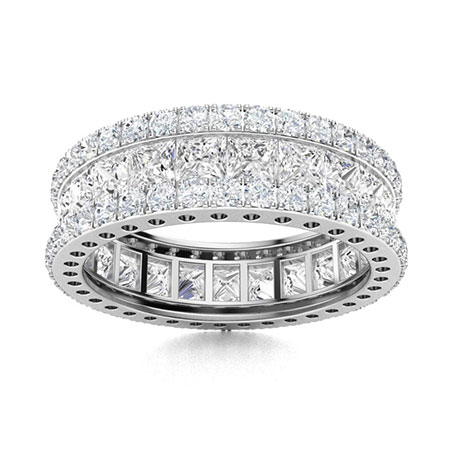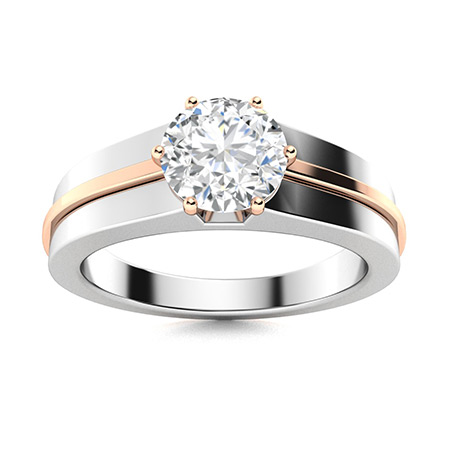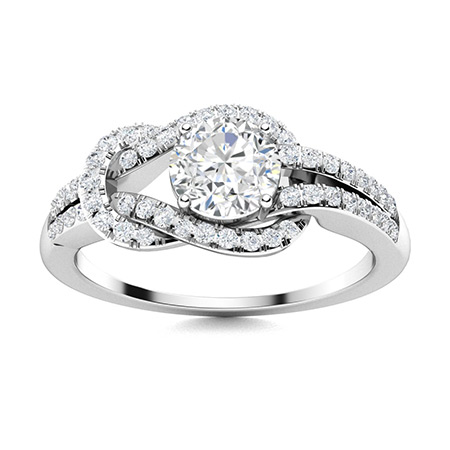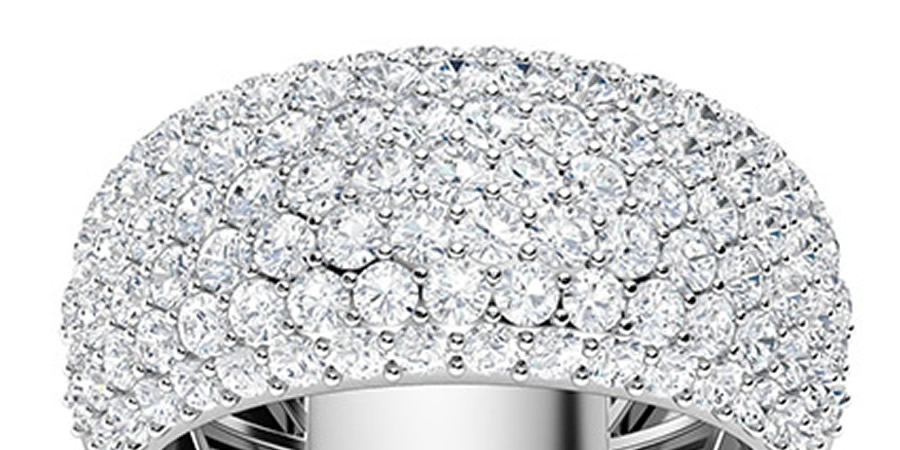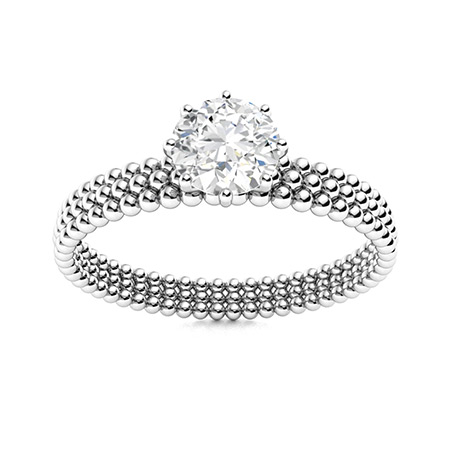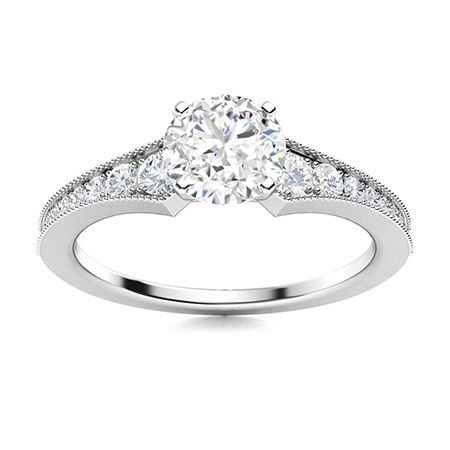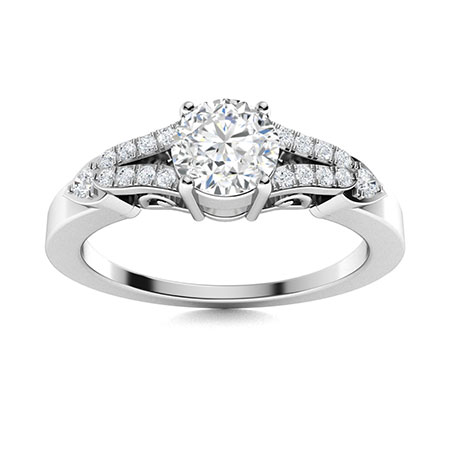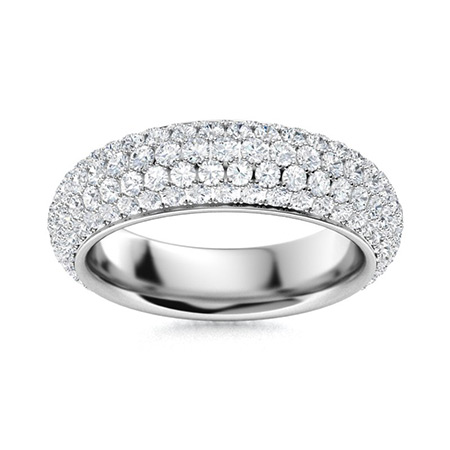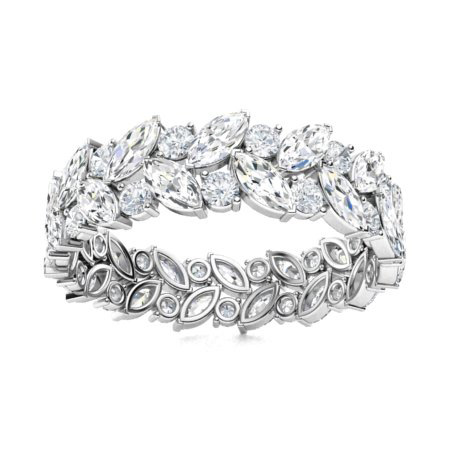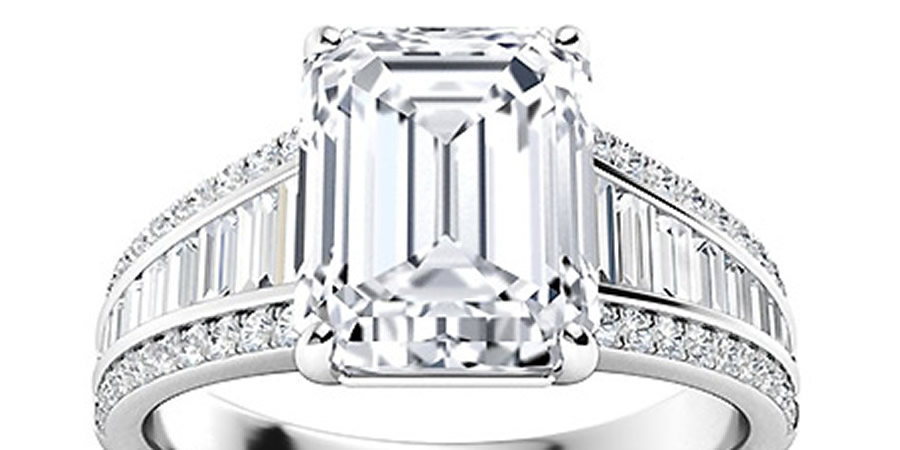Portfolio
Diamond
April Birthstone
Diamond is a naturally occurring mineral formed by the crystallization of carbon under extreme pressure and temperature. Known as the "King of Gems," its unique physical properties, rarity, and cultural significance make it one of the world's most valuable gemstones.
Carat
A unit of measurement for diamond weight, with 1 carat equaling 0.2 grams. Price is proportional to the square of the weight, with larger carats commanding a significant premium due to their scarcity. For example, a 1-carat diamond may cost more than four times as much as a 0.5-carat diamond.
Color
Colorless diamonds are graded on the GIA D-Z scale, with D being completely colorless and Z having a slight yellow tint. Fancy colored diamonds (such as red, pink, and blue) are rare and valued for their color due to trace elements (such as boron and nitrogen), resulting in color that far exceeds that of white diamonds.
Clarity
Graded based on the number, size, and location of inclusions under 10x magnification, from FL (Flawless) to I3 (Significantly Included). Diamonds with a clarity of SI2 or higher are typically free of visible flaws and are a popular choice in the jewelry market.
Cut
Determines a diamond's optical performance, including proportions, symmetry, and polish. GIA categorizes cut into five grades, ranging from "Excellent" to "Poor." An ideal cut fully reflects light, resulting in optimal fire and brilliance.
Chemical and Crystal Structure
Diamond is composed of pure carbon (C). Deep within the Earth's mantle (approximately 150-250 kilometers below sea level), under high temperatures (900-1300°C) and ultra-high pressures (4.5-6.0 GPa), carbon atoms are linked by tetrahedral covalent bonds, forming an equiaxed cubic crystal structure. This structure gives diamond an absolute hardness of 10 on the Mohs scale, 1,000 times that of quartz and 150 times that of corundum.
Optical Properties
Refractive Index and Dispersion: With a refractive index of 2.417 and a dispersion of 0.044, diamond exhibits intense fire (scattered light) and brilliance. A high-quality cut maximizes light reflection, creating a "sparkle effect."
Fluorescence: Some diamonds fluoresce in colors such as blue and yellow under ultraviolet light. While very strong fluorescence may affect appearance in rare cases, weak fluorescence generally does not affect value.
Unusual Forms and Inclusions
Crystal Form: Octahedrons and rhombic dodecahedrons are common, with triangular growth lines (triangular pits) visible on the surface.
Inclusions: Natural diamonds often contain mineral inclusions such as graphite and peridot, or feather-like fractures. These characteristics are crucial for distinguishing natural from synthetic diamonds.
Purus lectus scelerisque parturient lobortis namar
Mineralogical and Physical Properties
- Chemical and Crystal Structure
- Optical Properties
- Unusual Forms and Inclusions
Inclusions: Natural diamonds often contain mineral inclusions such as graphite and peridot, or feather-like fractures. These characteristics are crucial for distinguishing natural from synthetic diamonds.




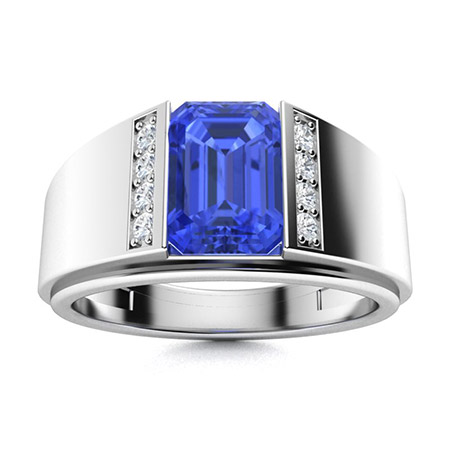
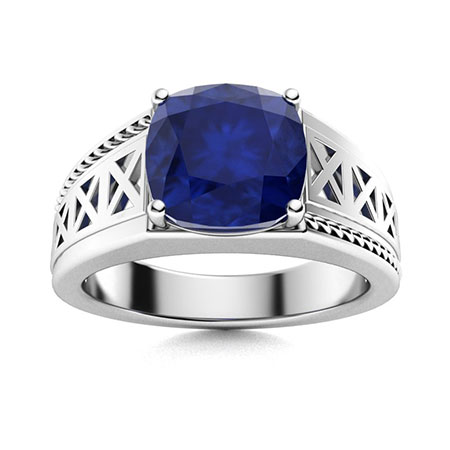
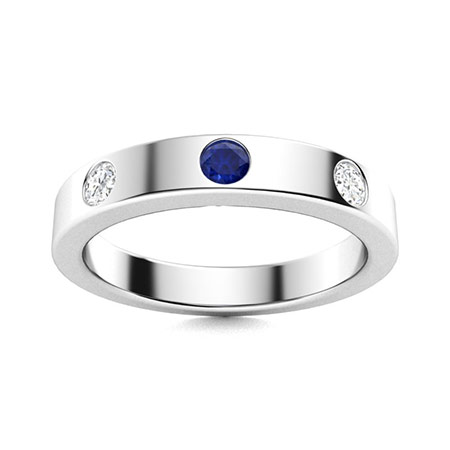
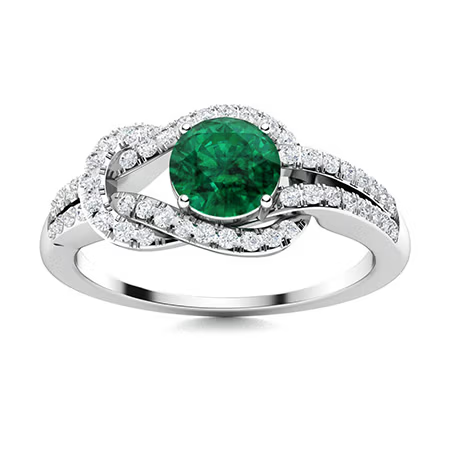





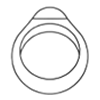








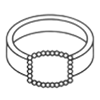
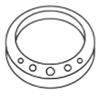
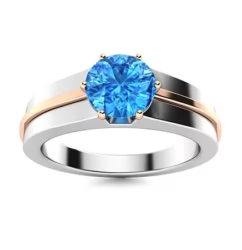
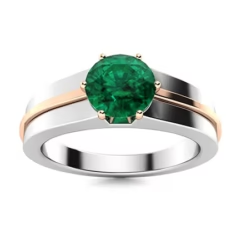
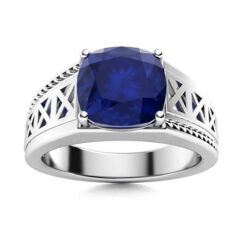
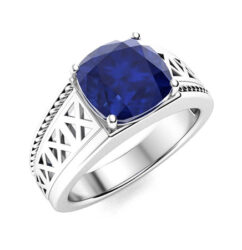


 Bracelets
Bracelets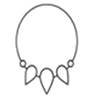 Peridot
Peridot



